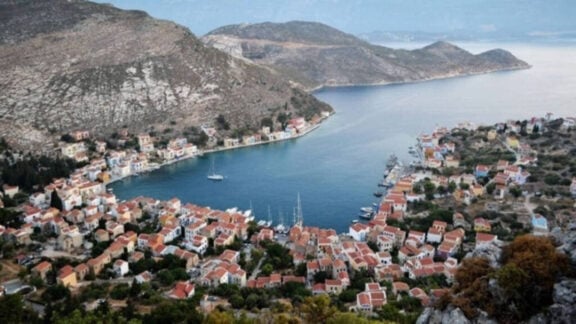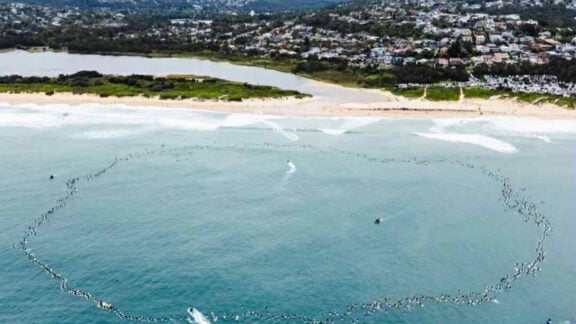A recent study by ‘Which? Travel’, highlighted in The Guardian, has placed Zakynthos (Zante) at the top of Europe’s most overcrowded destinations — not only among seaside resorts, but across the entire continent.
With nearly 150,000 overnight tourist stays per 1,000 residents, the Greek island has become the leading symbol of what experts now call overtourism.
Unlike other analyses that rely on a single metric, the Which? report provides a multi-dimensional view of tourism pressure.
The study considers three key indicators: the number of tourists per resident, the density of tourists per square kilometre, and total overnight stays. Zakynthos scored the highest in the first category, underlining the strain placed on local infrastructure and communities by seasonal influxes.
While small in population and size, Zakynthos has long been a magnet for sun-seeking holidaymakers drawn by its beaches, nightlife, and natural beauty.
However, the unprecedented ratio of visitors to locals — nearly 150 to 1 — has raised red flags about sustainability, affordability for locals, and degradation of the natural environment.
“It’s becoming harder for residents to live comfortably here year-round,” said one local from the island’s main town.
“Rents are up, traffic is constant in summer, and services are stretched thin. We welcome tourism, but the volume has to be managed.”
Beyond the beach: Cities also face overtourist pressures
While seaside destinations like Zakynthos and Fuerteventura dominate the list in tourist-per-resident ratios, major urban centers are not immune. Paris ranks as the most densely visited destination, with 418,280 tourists per square kilometre, far ahead of Athens (88,535) and Copenhagen (63,944).
These figures reflect not just the sheer number of tourists, but their concentration within compact historical centers, increasing stress on housing, transport, and local services.
Most and least affected destinations in Europe (Which? Travel Data)
- Highest tourist pressure (overnight stays per 1,000 residents):
Zakynthos (Zante), Greece – 149,887
Istria County, Croatia – 133,467
Fuerteventura, Canary Islands – 118,720

- Lowest tourist pressure:
Targovishte, Bulgaria – 332
Rybnik, Poland – 351
Benevento, Italy – 398
- Highest tourist density (per square kilometre):
Paris, France – 418,280
Central Athens, Greece – 88,535
Copenhagen, Denmark – 63,944

- Lowest tourist density:
Jan Mayen, Norway – 0
Teleorman, Romania – 1.21
Svalbard, Norway – 2.4
- Most overnight stays:
Mallorca, Spain – 51,193,029
Paris, France – 43,919,010
Rome, Italy – 41,135,744
- Fewest overnight stays:
Jan Mayen, Norway – 0
Teleorman, Romania – 6,983
Zasavska, Slovenia – 22,990

Is EU tourism the way we’ve known it viable?
The findings point to a growing concern that once-idyllic destinations — whether coastal or urban — may be approaching a tipping point.
While tourism remains a cornerstone of many local economies, unchecked growth risks diminishing the very qualities that make these places worth visiting.
Zakynthos may be the current poster child of overtourism, but it’s far from alone. The report points towards an necessary call to action for smarter tourism policies that preserve both community well-being and visitor experience.
As travel rebounds in a post-pandemic era, the question for Europe is no longer how to attract tourists — but how many is too many.










